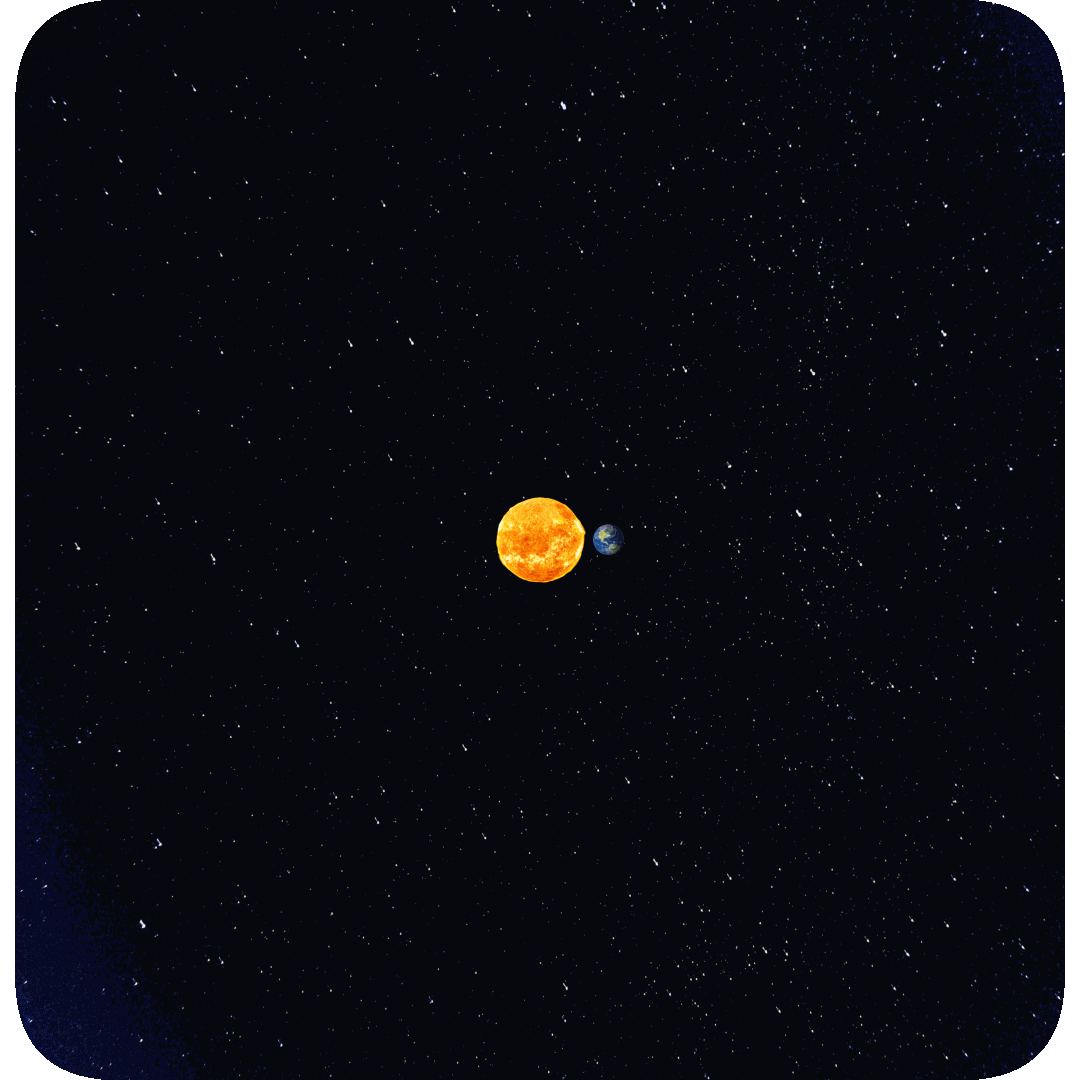Einstein Fields: A Neural Perspective To Computational General Relativity
Abstract
Einstein Fields, a neural tensor field representation, compresses four-dimensional numerical relativity simulations into neural network weights, enabling automatic differentiation and natural emergence of dynamics.
We introduce Einstein Fields, a neural representation that is designed to compress computationally intensive four-dimensional numerical relativity simulations into compact implicit neural network weights. By modeling the metric, which is the core tensor field of general relativity, Einstein Fields enable the derivation of physical quantities via automatic differentiation. However, unlike conventional neural fields (e.g., signed distance, occupancy, or radiance fields), Einstein Fields are Neural Tensor Fields with the key difference that when encoding the spacetime geometry of general relativity into neural field representations, dynamics emerge naturally as a byproduct. Einstein Fields show remarkable potential, including continuum modeling of 4D spacetime, mesh-agnosticity, storage efficiency, derivative accuracy, and ease of use. We address these challenges across several canonical test beds of general relativity and release an open source JAX-based library, paving the way for more scalable and expressive approaches to numerical relativity. Code is made available at https://github.com/AndreiB137/EinFields
Community
Einstein Fields is a neural representation with the main scope of reconstructing the metric tensor and hence its derivatives. With the metric, Einstein Fields are able to reproduce physical predictions and the spacetime geometry. For more, you can visit the github page or read the paper.
Schwarzschild black hole rendering by ray tracing geodesics from an observer looking directly at it:
Perihelion motion around the sun (Earth is just for appearance, Mercury is in reality):
Models citing this paper 1
Datasets citing this paper 1
Spaces citing this paper 0
No Space linking this paper
Collections including this paper 0
No Collection including this paper